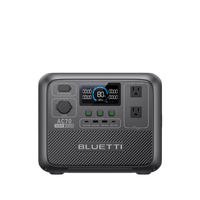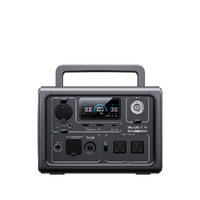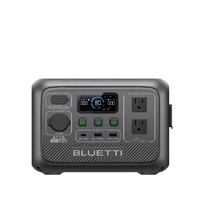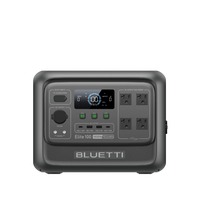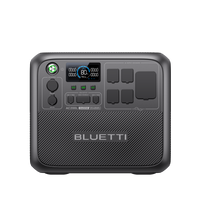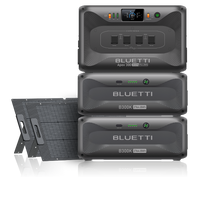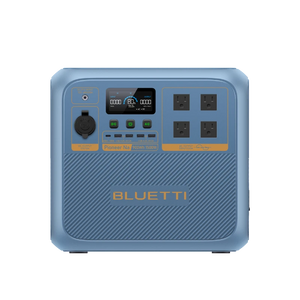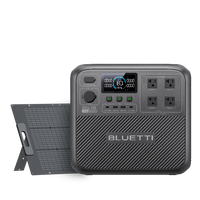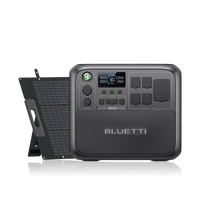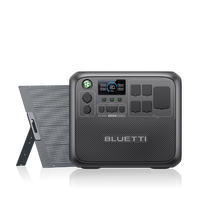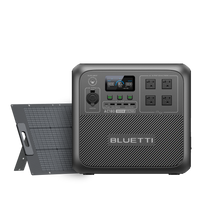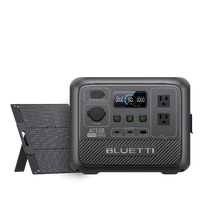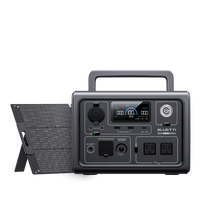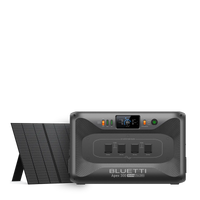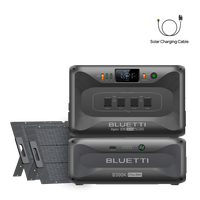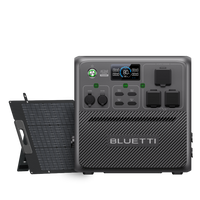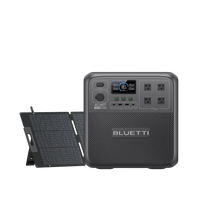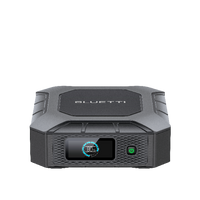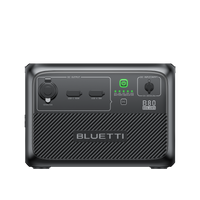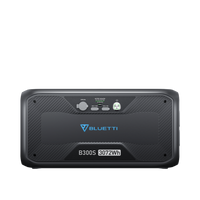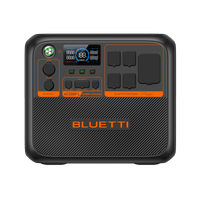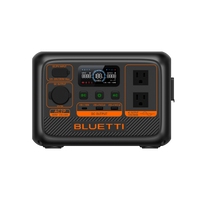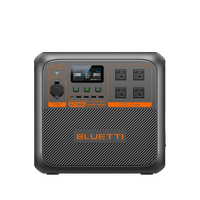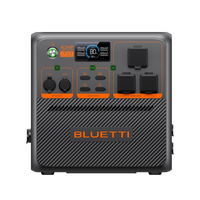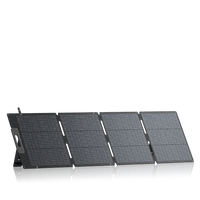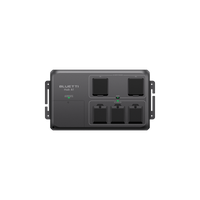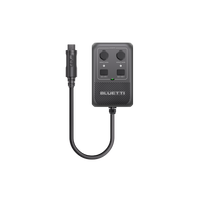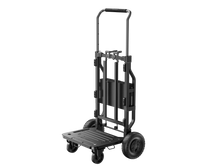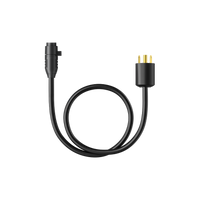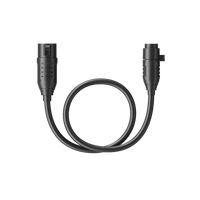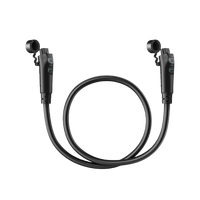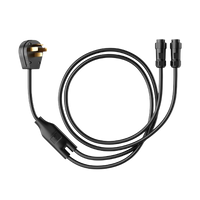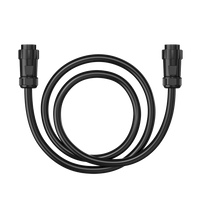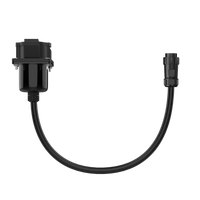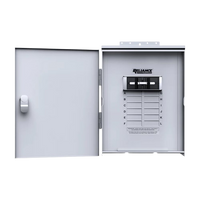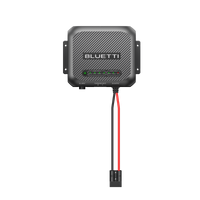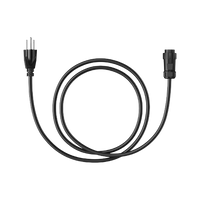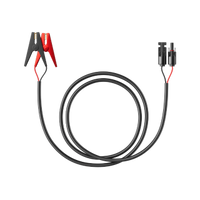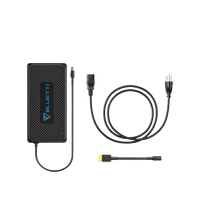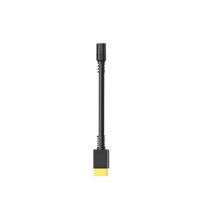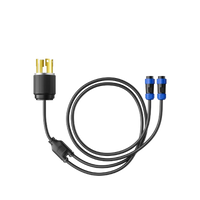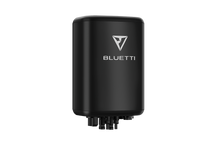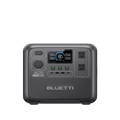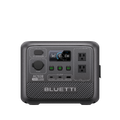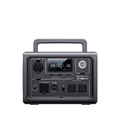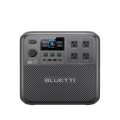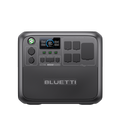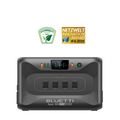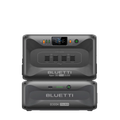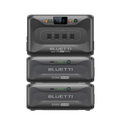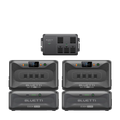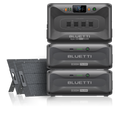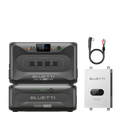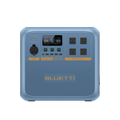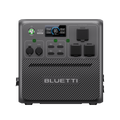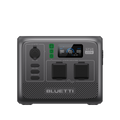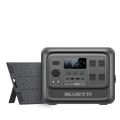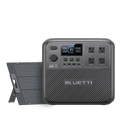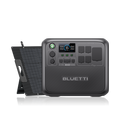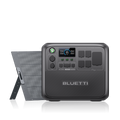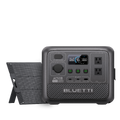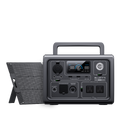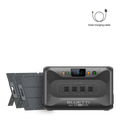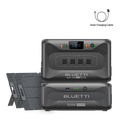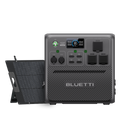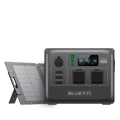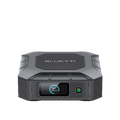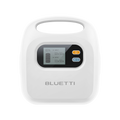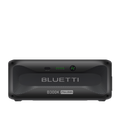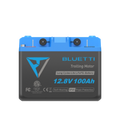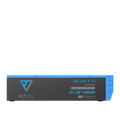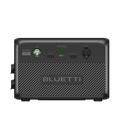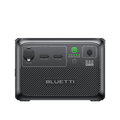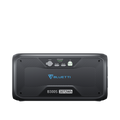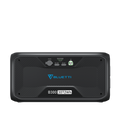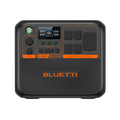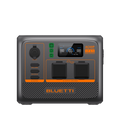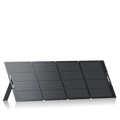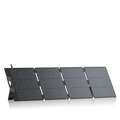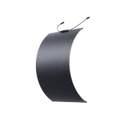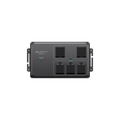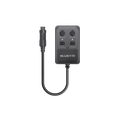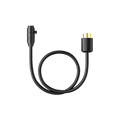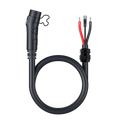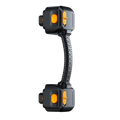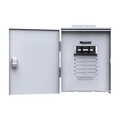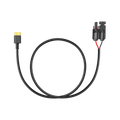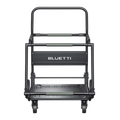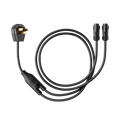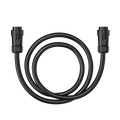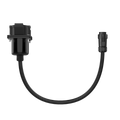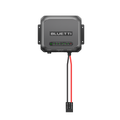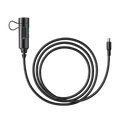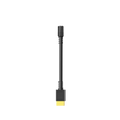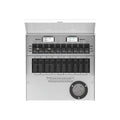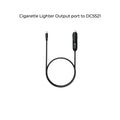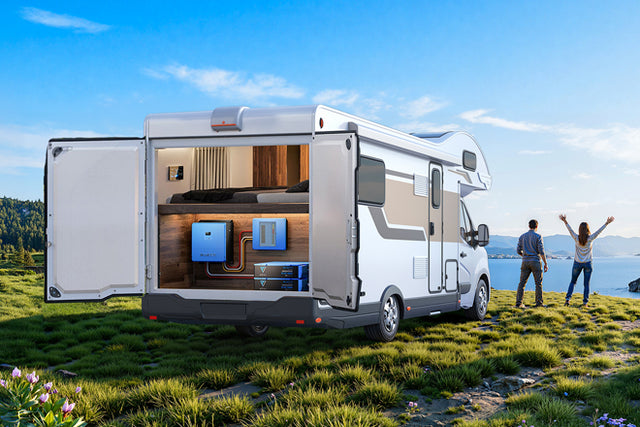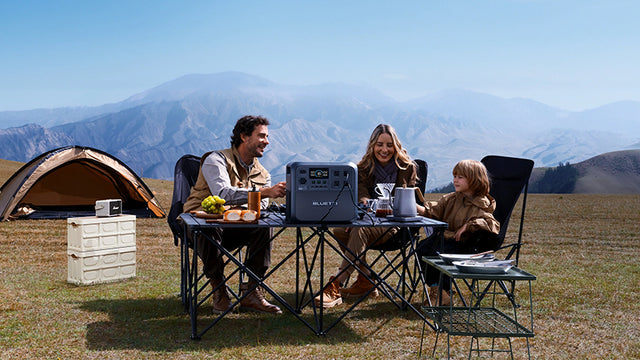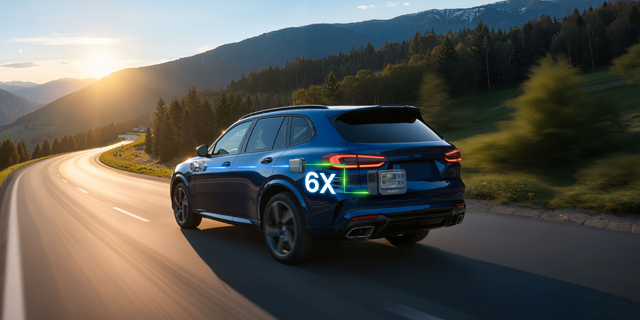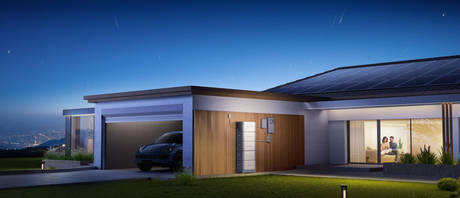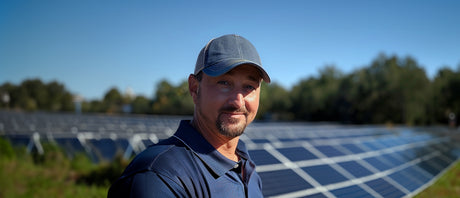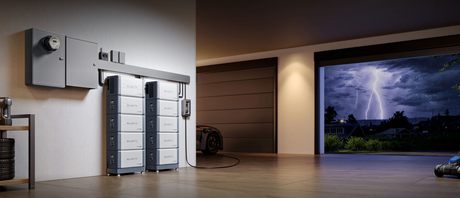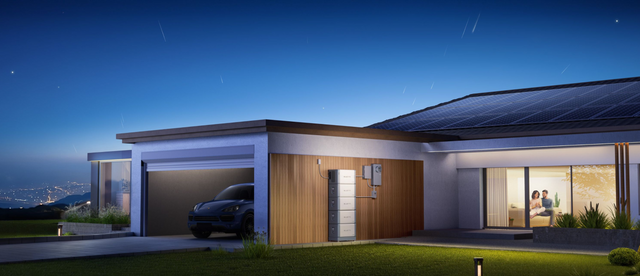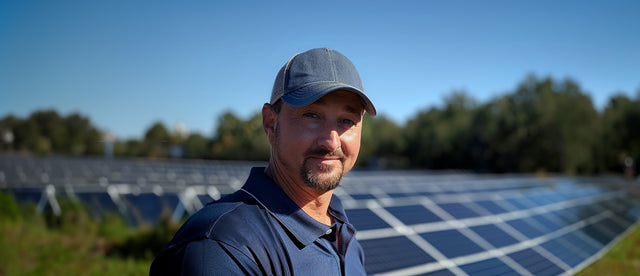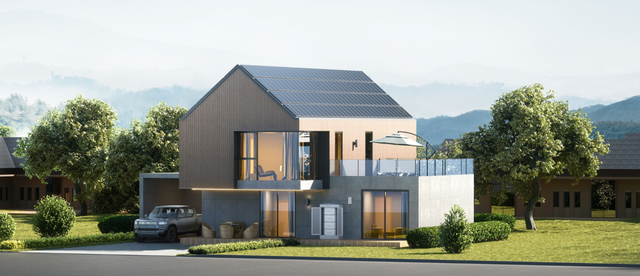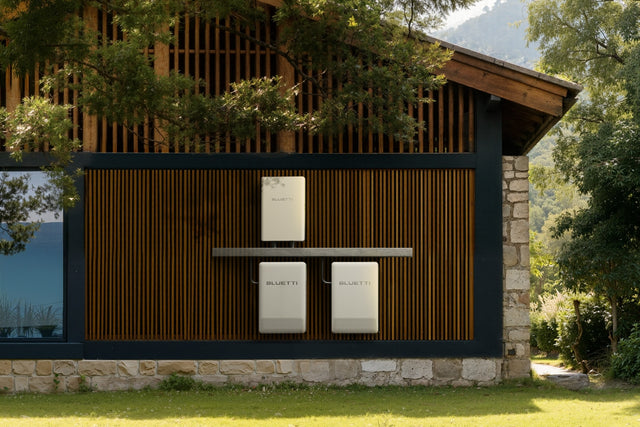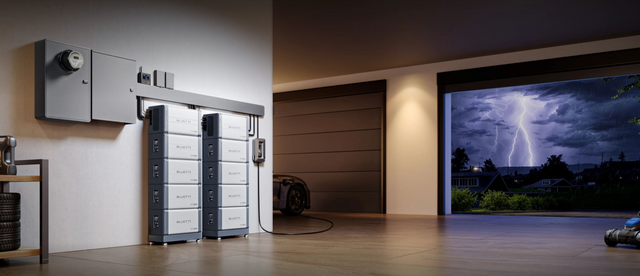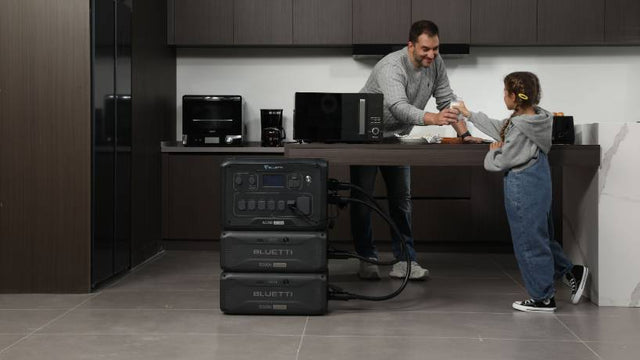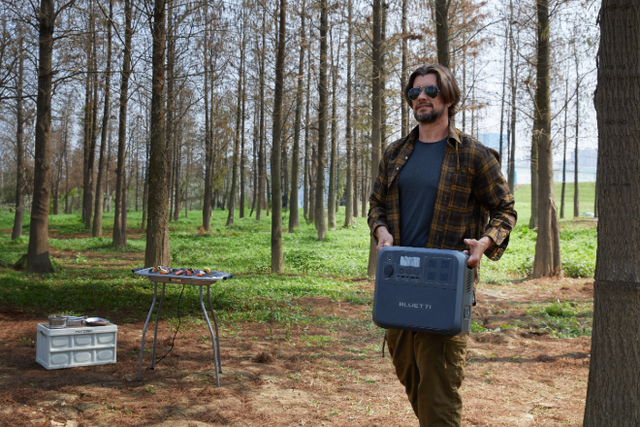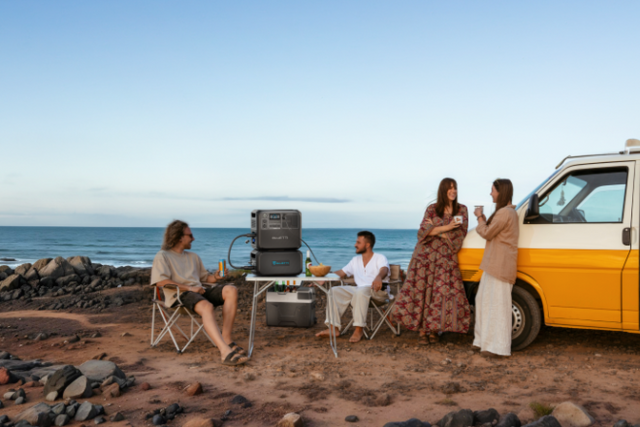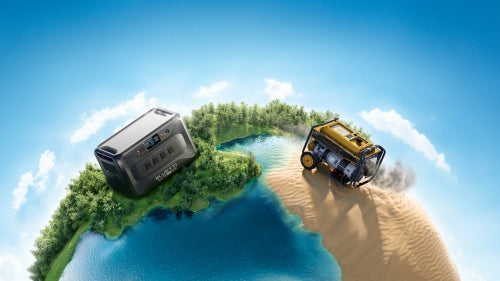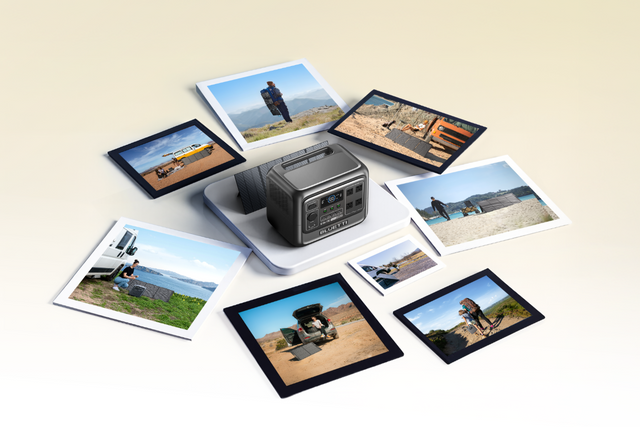Your cart is empty
Shop our productsInduction cooktops have become one of the most popular appliances in kitchens in 2025. And there is a good reason for this.
Compared to electric and gas cookers, induction cookers use electromagnetic induction to heat pots and pans directly. This helps to significantly reduce wasted energy, resulting in a more efficient way of cooking.
If you're planning to buy an induction cooker, then one of the most important factors to consider is the wattage. This will determine just how much electricity is consumed, how fast you get to cook, and whether you can use your induction cooker in an off-grid setup.
Understanding Induction Cooktop Wattage
When talking about induction cooker wattage, we are simply saying the amount of power that the unit is drawing while in operation.
A larger 3000W induction cooker will draw in more power than, say, a 1200W cooker. While the first can bring a pot of water to boil in minutes, it will also end up consuming more power than the latter, which can take longer to boil the same amount of water.
Simply put, the 1200-watt induction cooker will not be as expensive to run in terms of energy bills.
A higher wattage induction cooker can increase your monthly costs.
And that's not all.
The cooker wattage will also determine whether it is compatible in an off-grid setting or running with the help of a portable power station.
By understanding wattage, you'll be able to choose the right cooktop for your needs.
Average Wattage by Model

Induction cookers come in a variety of models, different sizes, and wattages. By far the most common type is the single-burner induction cooktop, often preferred for its portability and compactness. It can be used in RVs, campers, and even off-grid setups.
Single-burner options usually draw around 800-1800 watts, with many averaging around 1500 watts.
For those looking for more cooking space, there are the double-burner options, which consume between 1800 and 3600 watts.
These are a preferred option for many households thanks to their ability to strike just the right balance between energy consumption and cooking efficacy.
Then there are the full-size induction cooktops, which can have four or five burners. These can consume between 5000 and 7200 watts and are a viable option for larger families. They can consume anywhere from 5 to 7.2 kWh per hour, depending on the use.
The right size for you will depend on striking a balance between efficiency, convenience, and cooking power.
|
Model Type |
Wattage Range |
Typical Uses |
Hourly Energy (Full Power) |
|
Single-Burner |
800-1,800 W |
Portable, RVs, camping |
0.8-1.8 kWh |
|
Double-Burner |
1,800-3,600 W |
Households, multi-tasking |
1.8-3.6 kWh |
|
Full-Size (4-5 Burners) |
5,000-7,200 W |
Large families |
5-7.2 kWh |
Factors Influencing Wattage
Size of Induction Cooker
4 factors will determine how much power an induction cooktop draws. The first and most obvious one is the size and number of burners.
A larger 5-burner cooktop, for instance, will draw more power than a single-burner induction cooker.
Single vs. Dual-Zone Burners
Some induction cookers will feature single-zone burners, while others will have dual-zone burners. These are also referred to as bridged zones.
They function by allowing two smaller burners to combine into a larger burner, ideal for when working with a larger griddle or cookware.
Since both zones will operate simultaneously, this setup will end up consuming more power and thus result in an increase in overall wattage consumption.

Power Settings
Another factor is the settings that you choose. Induction cookers allow you to select very low heat, drawing about 200 watts, which is ideal for things like melting chocolate, to higher temperatures that draw about 1800 watts per burner for cooking meals.
Temperature sensor lag
Electronic sensors work precisely to help the induction cooker regulate heat. These monitor the temperature on the pan and work accordingly.
However, there are instances where there can be a temperature sensor lag, such as when cooking with thick cookware or when making adjustments.
The delay will influence how quickly the cooktop will react to changes. By understanding this information, users can adapt, resulting in much smoother temperature control and better efficiency.
Type of Cookware
The type of cookware will also determine the amount of power that the induction cooker draws. Ferromagnetic materials (cast iron, most stainless steel) are best, as they transfer heat most efficiently. With other types of cookware, like aluminum and copper, the induction cooktop won't work or generate heat at all.
Special Features
Modern cooktops now come with extra features such as "boost mode," which allows you to achieve a spike in heat for faster cooking. This, however, will also cause the cooktop to draw more power.
Cooling Systems
Induction cooktops will feature cooling fans that help keep electronic internal components from overheating. In full operation, the fans will add an extra 10 watts of draw.
Granted, this power consumption is modest compared to how much the induction cooker consumes, but it still adds to the overall draw.
By accounting for the extra consumption caused by the fans, you are able to get a much more accurate picture of just how much the induction cooker is consuming. Useful information when deciding between different models.
Cost to Run
So, you might be wondering why you should get an induction cooktop. And the answer is efficiency, especially when compared to, say, electric cookers.
To put things into perspective, let's consider a 1500-watt induction cooker single burner. It will consume 1.5 kWh if you let it run at full power for a whole hour. If the average rate is about $0.15 per kilowatt hour, then this translates to $0.225 for every hour of use. If you cook often, then this can become $5 to $10 per month.
That said, it is rare for an induction cooker to run continuously at full power. They, however, have bursts of high power and low power depending on the cooking stage, e.g., whether you are boiling, simmering, or just warming food.
This type of intermittent operation ensures a more efficient use of power compared to if the induction cooker were running continuously.
But this is where the induction cooktops shine. Since they transfer heat directly to the cookware, they don't lose heat to the surrounding air. Induction is typically 80-90% efficient, while electric coil cooktops are 70-74% efficient, and gas stoves are 32-40% efficient. Therefore, induction is ~10-15% more efficient than electric and approximately two or three times more efficient than gas stoves.
This simply means that you will not only enjoy a smaller energy bill at the end of the month, but the cooker will cook more efficiently, which further translates to lower costs of running as food cooks faster with less wasted energy.
Off-Grid Power Needs
If you're planning on getting an induction cooker for your off-grid setup, whether it's a house in the backcountry, an RV, or for camping, then this can be a fantastic idea. Provided you plan properly.
For instance, a single-burner induction cooker will draw about 1500W, consuming 1.5 kWh per hour. And a double-burner induction cooker will draw about 3600W, consuming 3.6 kWh per hour.
There is also a need to consider surge capacity. The induction cooker can draw higher wattage during short bursts, such as when you activate the boost mode or when it's heating up.
Keep in mind that such surges for a single burner, for example, can rise above 2400 watts. So, if you are using a power station, then it needs to be able to handle the spikes.
Once you've ensured that your power station can handle the surge, then you will be able to make your meal efficiently, whether you are in a cabin in the woods or you are out camping.
Tips for Efficiency

Using the induction cooker most efficiently does not only come down to wattage, but also to the manner in which you use it.
Cookware Type
Among the first things to ensure is that the ferromagnetic cookware has a flat bottom to ensure it comes into full contact with the burner's surface and prevents heat loss.
Rounded bottoms will take longer for heat transfer, thus longer cooking times.
Cookware Size
Also consider the size of the burner and the equipment you're using. Try and match the bottom of the cookware to the size of the burner. A smaller burner will take longer to cook, which will result in more power consumption. A large burner will result in energy loss.
Power Settings
You can maximize efficiency by checking the power settings. Use low settings when melting and simmering, and higher settings for boiling and fast cooking. Simply put, tailor settings to the task at hand.
Clean Cooktop
If food residue is left on the burner, then this can interfere with the magnetic connection between the burner and the cookware. Be sure to give it a quick swipe with a clean cloth after or before cooking to keep the burner clean.
Stay Charged: Recommended Backup Power Products
When picking a portable power station to run your induction cooktop, it is important to match the power requirements of the induction cooker to the power station's capacity and output.
Consider your cooking habits and the size of your induction cooker, as well as any other appliances you might need to run. Because let's face it, you might need to make dessert to come along with that meal.
Let's take a look at two highly capable options.
BLUETTI Elite 200 V2 Portable Power Station

The BLUETTI Elite 200 V2 Portable Power Station is a great choice if you are planning on running a single-burner induction cooktop. Featuring a 2074Wh capacity and a 2600W output, plus a 3900W surge capacity, you can rest easy and make your favorite meals even while off-grid.
And not only that, the Elite 200 V2 also comes with multiple outlets, which enable you to charge multiple other devices simultaneously. And with a compact build, it is highly portable, making it a great choice for RVs and camping, as well as off-grid living.
BLUETTI Apex 300 Home Backup Power

If you have a larger cooktop with multiple burners that requires more power, you might want to check out the BLUETTI Apex 300. With an output of 3840W, it can easily run a dual-burner induction cooker.
And if you feel like you need even more power, then the BLUETTI Apex 300's modular design allows you to scale up. This can allow you to run not just the induction cooktop but also other power-hungry appliances and tools, ensuring a reliable source of power regardless of the situation.
Conclusion
Induction cookers are an efficient way to prepare your meals and will work whether you are at home or out in a cabin in the woods. When choosing an induction cooker, consider whether you plan on doing light or regular cooking so that you can pick one with the right number of burners for your needs. Also consider its power requirements to be able to estimate the energy costs, or whether you intend to run it using a portable power station.
Shop products from this article
Be the First to Know
You May Also Like


